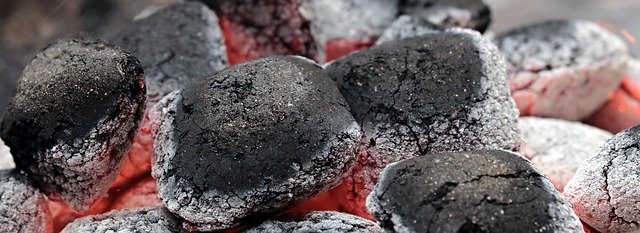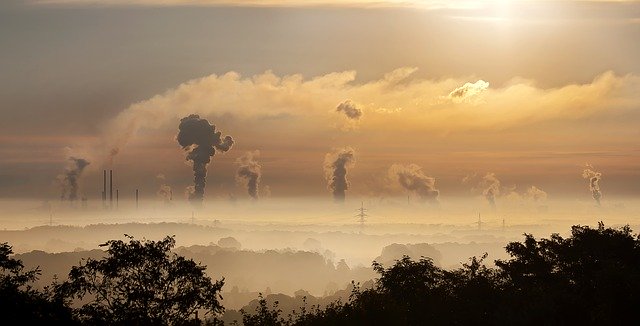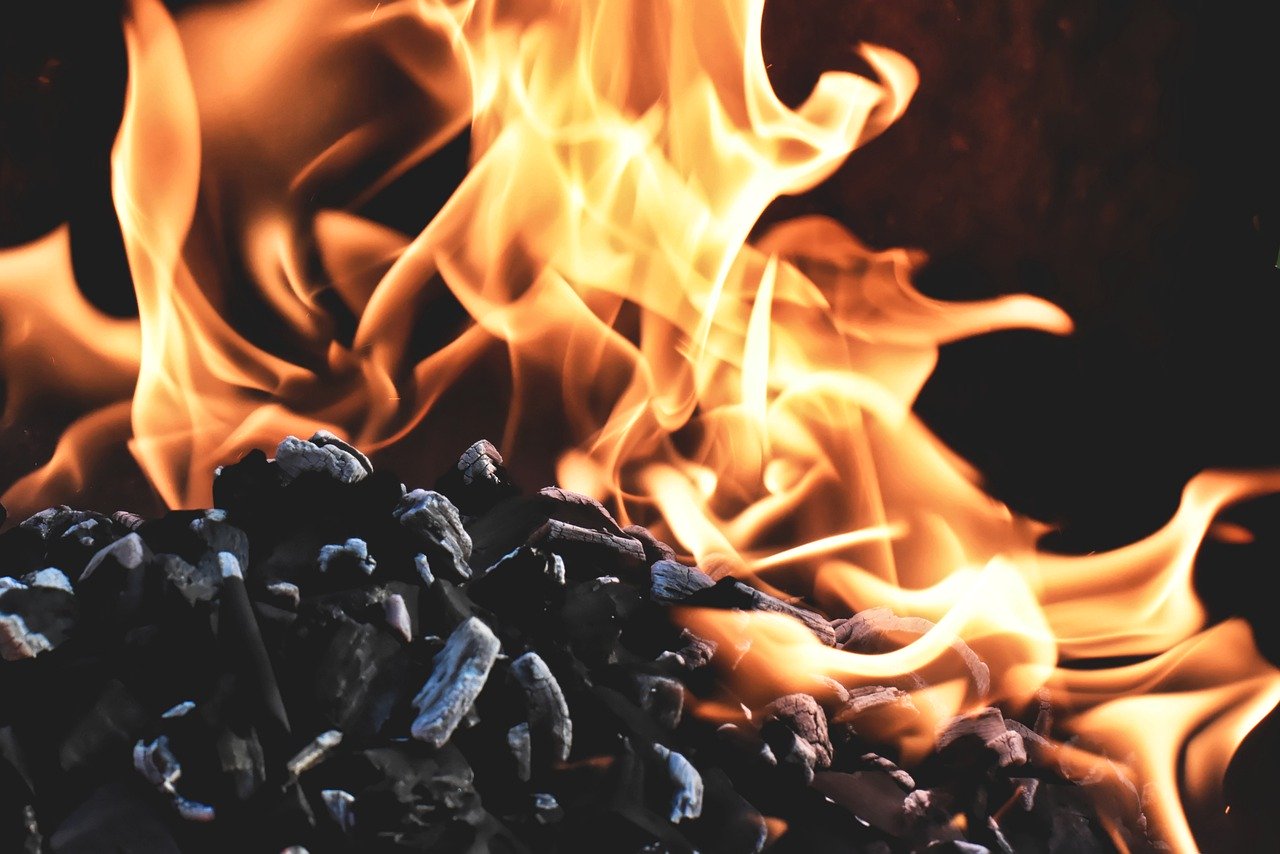Discover the 10 key characteristics of carbon, including its atomic structure, unique bonding properties, and widespread use in everyday life. Learn about the various forms of carbon, from diamonds to graphite, and how they differ in their properties.
Explore the role of carbon in biological systems, as well as its impact on the environment and climate change. Whether you’re a science enthusiast or just curious about the world around you, this post will deepen your understanding of one of the most fundamental elements in the universe.
Carbon is one of the most important elements of the periodic table, at least in terms of its abundance and its need for organic life. More than 16 million carbon-containing substances are known, including many essential compounds for living beings and form 0.2% of the earth’s crust.

Carbon exists in numerous forms, depending on the environmental conditions in which it is found, and constitutes one of the elements with the most human uses and the greatest presence in society. In fact, our body exhales carbon dioxide (CO2) as a product of respiration, and it is found as carbon monoxide (CO) in the gases that releases the exhaust from combustion engines.
Characteristics Of Carbon
1. Periodic data
Carbon is a chemical element with the symbol C and atomic number 6 in the Periodic Table. It is a nonmetal and belongs to Group 14 (or IVa) of the periodic table, along with silicon, germanium, tin, and lead. Carbon is the 15th most abundant element in the Earth’s crust and the fourth most abundant element in the universe by mass, after hydrogen, helium, and oxygen. It is the basis of all known life on Earth and forms the backbone of organic molecules. Carbon has several allotropes, including diamond, graphite, and fullerenes, each with its unique physical and chemical properties.
2. Allotropes
Although at room temperature the carbon is solid, it can sublimate when passing from the 3600 ° C of temperature and go to gaseous state. In nature, however, it occurs in six different forms or allotropes:
Amorphous carbon. Like soot or most coals, the pure element appears without a certain structure.
Graphite. Black, opaque and soft, graphite has the property of staining, so it is used as a filler for wooden pencils.
Diamond. Curiously enough, diamond and graphite contain the same carbon atoms, but in a different structure, so they have different properties as well. The diamond is a transparent and tremendously hard precious stone.
Fulerenos. Discovered in the mid-80s, it is about 60 carbon atoms structured no longer hexagonally, as usual, but heptagonal or pentagonally. That gives it a spherical appearance, like a soccer ball.
Nanotubes One of the first products of the nanotechnology industry, is nothing more than sheets of graphite rolled cylindrically and finished off at its ends by carbon hemispheres.
Carbinos One of the most powerful industrial products of recent decades, consists of a carbon atom made univalent and electrically neutral, which is the most resistant substance ever known.

3. Organic compounds
Numerous substances essential for life have carbon as a base. Fatty acids, for example, made from combinations of carbon, oxygen and hydrogen, or the esters present in fruits, or most amino acids, enzymes and proteins that sustain life, benzene, carbohydrates that give us energy , all from carbon combinations.
The chemistry of carbon is known as the chemistry of life, since the living beings known to date are based on molecular structures based on carbon. CO2 is essential for photosynthesis, for example.
4. Inorganic compounds
In its very high capacity of combination, carbon is also found in numerous inorganic substances. Carbonates (calcites), numerous salts and acids (carbonic acid), or metallic forms such as carbides and acetylides, both with ample acidity, are forms of inorganic compound from carbon.
5. Hydrocarbons
Hydrocarbons are organic compounds that consist entirely of hydrogen and carbon atoms. They are the simplest type of organic compounds and are widely found in nature. Hydrocarbons are also commonly used as fuels due to their high energy content.
There are two main types of hydrocarbons: aliphatic and aromatic. Aliphatic hydrocarbons are straight or branched-chain molecules, such as methane, ethane, propane, and butane. Aromatic hydrocarbons contain a ring of carbon atoms, such as benzene and toluene.
Hydrocarbons can be further classified based on the types of bonds between their carbon atoms. For example, if all the carbon atoms are bonded by single bonds, the hydrocarbon is an alkane. If there is at least one double bond between two carbon atoms, the hydrocarbon is an alkene. If there is at least one triple bond between two carbon atoms, the hydrocarbon is an alkyne.
Some common hydrocarbons include methane (CH4), ethane (C2H6), propane (C3H8), butane (C4H10), pentane (C5H12), hexane (C6H14), benzene (C6H6), and toluene (C7H8).

6. Extraction
Since carbon is so numerous on our planet, it tends to abound in underground regions where pressure and temperature allow it to rearrange itself into various structures. Thus, there are coal mines, but also graphite and diamonds.
China, the US and the European Union are the three largest coal exploiters on the planet, although it is abundantly distributed throughout the 100 countries that extract it. On the other hand, fossil fuels, much more coveted, are found in large deposits in the Middle East, Russia, Alaska, Mexico and Venezuela, mainly.
The exploitation of diamonds is concentrated mainly in South Africa and South America, although there are other mines of smaller scale in North America and South Asia. The African exploitation has been very controversial, due to its human and political costs in the local population.
7. Industrial applications
The extraction of carbon in its various forms is a common activity in the human economy, mobilizing real masses around its extraction from the subsoil (coal, graphite and hydrocarbons) and its subsequent refining and use.
The hydrocarbons, above all, are an indispensable part of the modern industrial gear, since they are high performance fuels for all types of transport, in addition to which oil allows a wide range of usable derivatives, such as plastic or nylon. The same goes for the automotive lubricants industry.
Coal, on the other hand, is used mostly as a fuel to generate electricity, although its polluting effects are feared and proven. It is also used as combustible material for domestic use.
The graphite is essential for the industry of the pencil and the rods of protection of the atomic reactors. Diamonds, paradoxically, are quoted as decorative objects, or at best in the manufacture of scalpels and tools that take advantage of their hardness.
Finally, the radioactive isotope Carbon 14 is used in numerous scientific and archaeological investigations, as a marker of the age of the organic remains.
8. Toxicity
In general terms, carbon is not a highly toxic substance. In most of its physical forms it is safe for the handling of man.
However, many of the organic and inorganic compounds based on carbon can be toxic and even lethal to humans. Hydrocarbons, for example, can have a devastating effect on the respiratory system, as well as coal. There are numerous cases of deterioration of health in workers of coal mines and in workers of hydrocarbon exploitation stations, much more in the first case than in the second.
The dioxide and carbon monoxide are lethal substances if they are inhaled in large doses, because they prevent the correct oxygenation of the organism. And, of course, the Carbon 14 isotope, being radioactive, represents a risk of contamination to some extent.
Cyanide, one of the most lethal and popular poisons, is formed with carbon and nitrogen atoms.

9. Carbon cycle
The carbon cycle is known as the feedback between plant, animal and decomposer organisms. Animal respiration and the decomposition of certain fungi, thus, release amounts of CO2 into the atmosphere.
This CO2 is used, together with water and sunlight, for the photosynthesis of plants, whose immediate product is oxygen and new organic matter (fruits, leaves, bark, dead animals) to decompose. And the cycle begins again, sustaining life in its spin.
10. Space presence
Carbon is widely present in the universe, and it is the fourth most abundant element in the universe by mass after hydrogen, helium, and oxygen. It is formed through the process of nucleosynthesis in stars, where helium atoms fuse together to form carbon under high pressure and temperature.
Carbon is also present in several different forms throughout the solar system. For example, carbon dioxide (CO2) is present in the atmosphere of Mars and Venus, while methane (CH4) is present in the atmosphere of Saturn’s moon Titan.
Carbon is also present in interstellar dust, which is the material that exists between stars. These dust particles contain a range of organic molecules, including carbon-based compounds such as polycyclic aromatic hydrocarbons (PAHs) and fullerenes.
The presence of carbon-based compounds in space suggests that the building blocks of life could be widespread throughout the universe. This has led to the hypothesis that life may exist elsewhere in the universe, potentially even on other planets or moons within our own solar system.